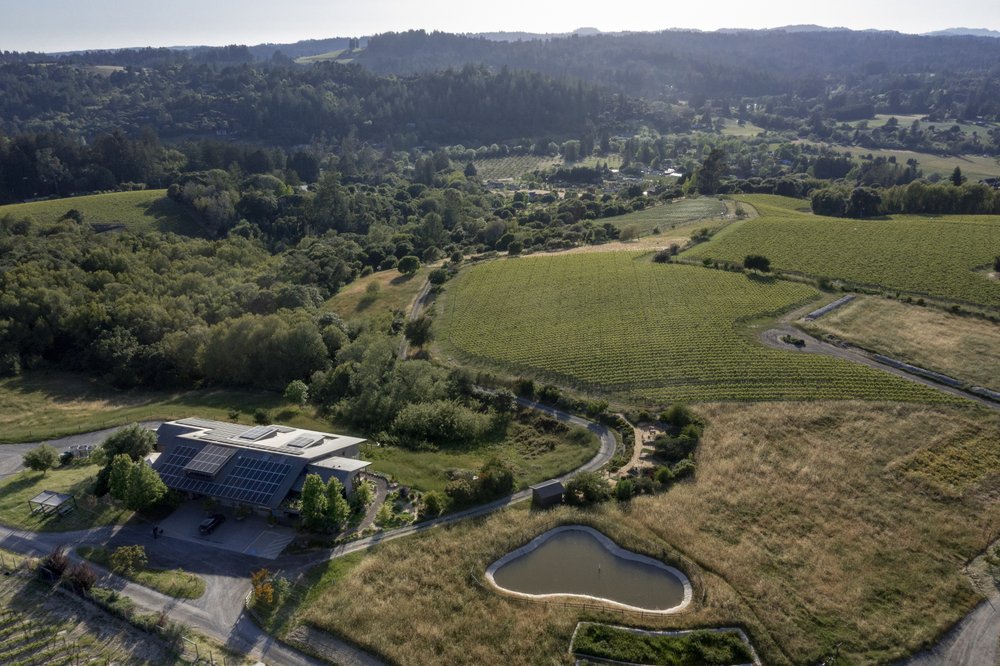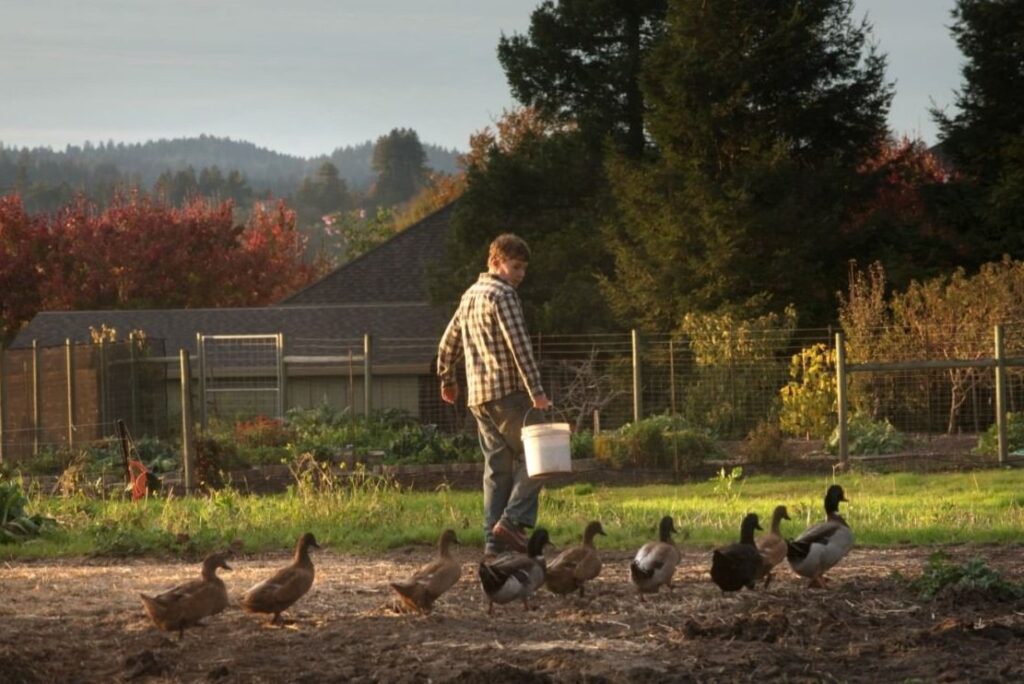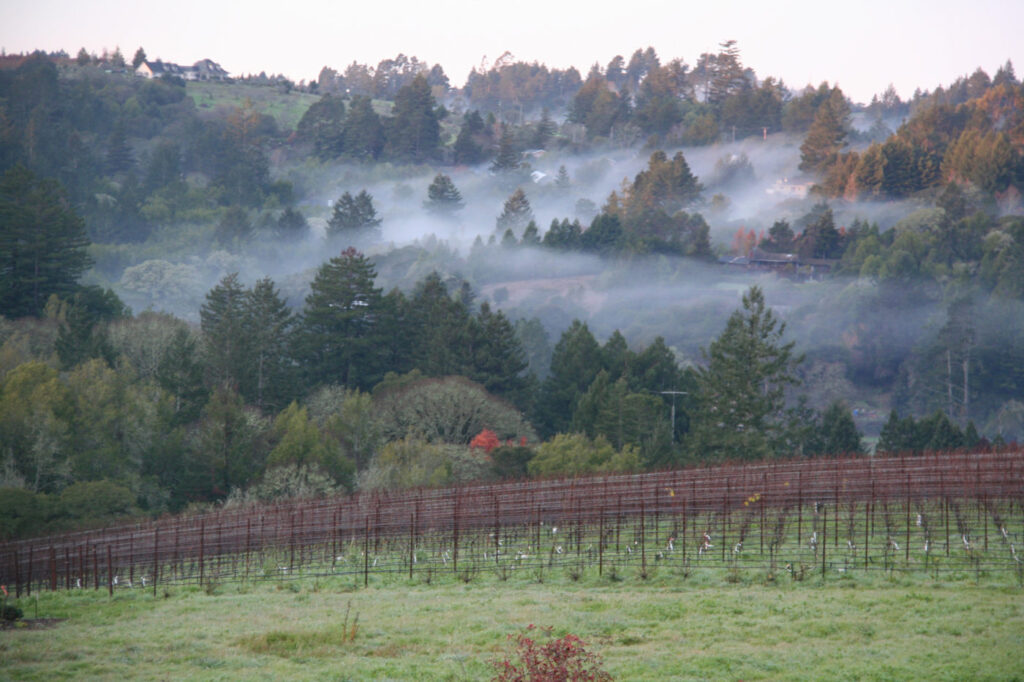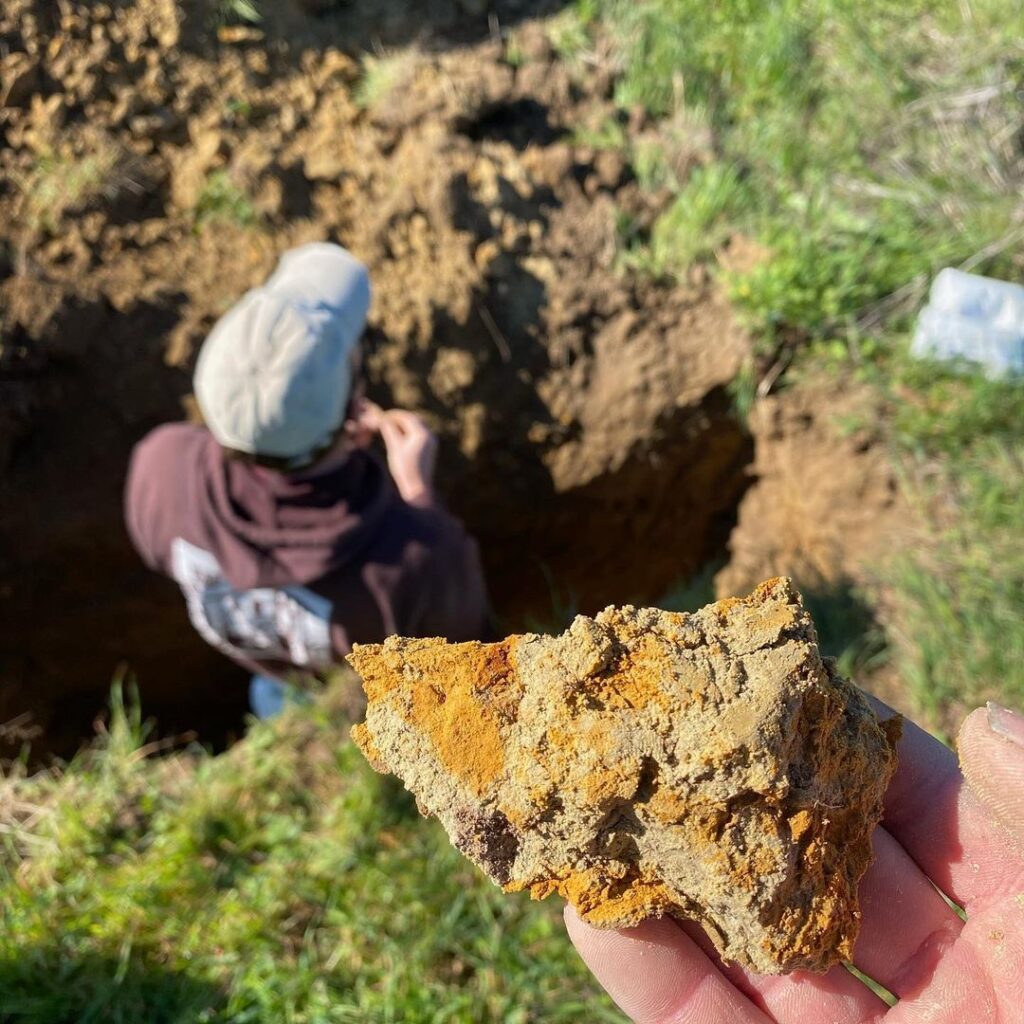Discover Sebastopol Hills
The proposed Sebastopol Hills AVA covers approximately 10,320 acres and includes approximately 1,113 acres of planted and productive commercial vineyards across at least 50 Vineyards, as well as 2 licensed and bonded wineries.
Sebastopol Hills is predominantly planted with Pinot Noir and Chardonnay, with small plantings of other varietals.
The boundary of the proposed Sebastopol Hills AVA, as seen in the map below, is largely defined by the narrative description in the 2005 amendment to and expansion of the Russian River Valley AVA.

Starting Point - Intersection of Highway 116 (Petaluma Avenue) and Highway 12 (Bodega Avenue).
Proceed west/southwest along Bodega Avenue past Atascadero Creek, where Bodega Avenue becomes “Bodega Highway,” then
Proceed west/southwest along Bodega Highway, approximately 25,600’ to
the point where Bodega Highway intersects with Barnett Valley Road, then
Proceed south and east along Barnett Valley Road, approximately 11,500’ to
the point where it intersects with Burnside Road, then
Proceed southeast approximately 17,000’ along Burnside Road to
the point at which it ends at the medium-duty road known as Bloomfield Road, then
Proceed northeasterly along Blucher Creek to
the point it crosses Highway 116, then
Proceed along Highway 116 16,300’ through the City of Sebastopol to
the point where it intersects with Highway 12 at the point of beginning.
General Climatology

Sebastopol Hills is blessed with a unique climate that sets it apart from other regions. The coastal cool climate is influenced by the airflow from the Pacific Ocean, creating a cooler environment with daily fog intrusion. This fog pattern allows delicate grape varietals like Pinot Noir and Chardonnay to thrive consistently.
The heavy fog intrusion in Sebastopol Hills leads to lower daily maximum temperatures and degree day totals compared to the rest of the Russian River Valley. The afternoon winds, reminiscent of the nearby Petaluma Gap AVA, further contribute to the distinctive climate of Sebastopol Hills.
Temperature

Sebastopol Hills falls within the “coastal cool” climate type, characterized by lower average daily temperatures. The region experiences cooler temperatures due to the heavy fog intrusion, making it ideal for the long, slow ripening of grapes like Pinot Noir and Chardonnay.
Wind

Sebastopol Hills benefits from strong and consistent afternoon winds, similar to the Petaluma Gap AVA. These winds have a moderating cooling effect on the temperature during the hottest part of the day, enhancing the unique climate of the region.
Fog

Sebastopol Hills shares similarities with California coastlines’ fog pattern movements, despite being inland. The fog patterns involve an evening marine inversion dissipating in the late morning and early afternoon, along with fog intrusion in the mid to later afternoon hours. The heavy fog intrusion distinguishes Sebastopol Hills from other parts of the Russian River Valley, creating a primary distinguishing feature.
Geology & Soils

Sebastopol Hills is defined by the Wilson Grove Formation (WGF), a sandstone ridge that existed millions of years ago. The WGF consists of fine-to-medium-grained marine sandstone and provides the foundation for the acclaimed Goldridge, Sebastopol, and Cotati Fine Sandy Loam soils, which further contribute to the uniqueness of Sebastopol Hills.
The prevalence of Goldridge Fine Sandy Loam soil, combined with Steinbeck Loam, Sebastopol Fine Sandy Loam, and Cotati Fine Sandy Loam soils, distinguishes Sebastopol Hills. These soil types provide unique qualities to the region, resulting in low-vigor conditions that can be adjusted to achieve desired grape characteristics.
Topography & Elevation

Sebastopol Hills is mostly composed of gently rolling, undulating hills with elevations generally not exceeding 500 feet. Vineyards are typically planted between 100 and 500 feet, taking advantage of the region’s diverse topography.
The hilly terrain provides some protection from winds, combined with heavy breezes and fog, resulting in a cooler climate with distinct temperature patterns throughout the day.



